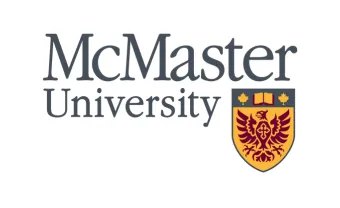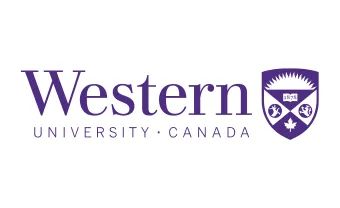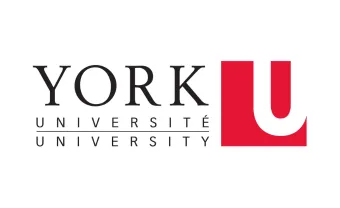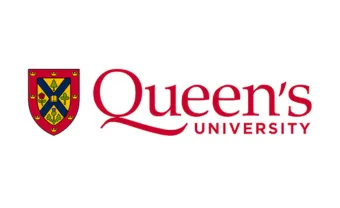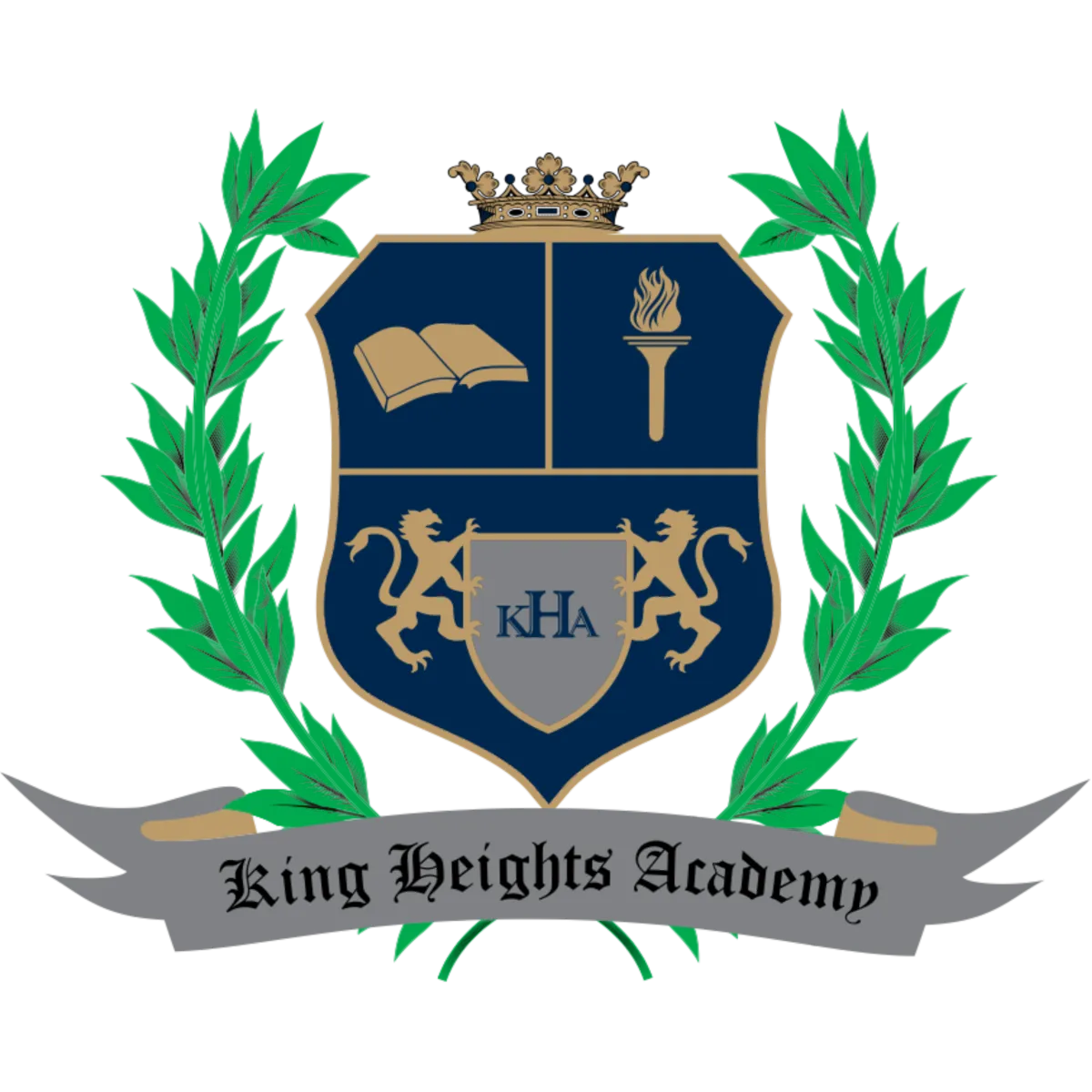(905) 652-1234
ENG4U COURSE OUTLINE
Course Title: English, Grade 12, University
Grade: 12
Ministry Course Code: ENG4U
Course Type: University
Credit Value: 1.00
Course Hours: 113
Department: English
Revision Date: N/A
Policy Document:
English, The Ontario Curriculum, Grades 11 and 12, 2007 (Revised)http://www.edu.gov.on.ca/eng/curriculum/secondary/english1112currb.pdf
Prerequisite: English, Grade 11, University Preparation

Domestic Student Price: $550
International Student Price: $799
COURSE DESCRIPTION
This course emphasizes the consolidation of the literacy, communication, and critical and creative thinking skills necessary for success in academic and daily life. Students will analyse a range of challenging literary texts from various periods, countries, and cultures; interpret and evaluate informational and graphic texts; and create oral, written, and media texts in a variety of forms. An important focus will be on using academic language coherently and confidently, selecting the reading strategies best suited to particular texts and particular purposes for reading, and developing greater control in writing. The course is intended to prepare students for university, college, or the workplace.
OVERALL EXPECTATIONS
Oral Communication
1. Listening to Understand: listen in order to understand and respond appropriately in a variety of situations for a variety of purposes;
2. Speaking to Communicate: use speaking skills and strategies appropriately to communicate with different audiences for a variety of purposes;
3. Reflecting on Skills and Strategies: reflect on and identify their strengths as listeners and speakers, areas for improvement, and the strategies they found most helpful in oral communication situations.
Literature Studies and Reading
1. Reading for Meaning: read and demonstrate an understanding of a variety of literary, informational, and graphic texts, using a range of strategies to construct meaning;
2. Understanding Form and Style: recognize a variety of text forms, text features, and stylistic elements and demonstrate understanding of how they help communicate meaning;
3. Reading With Fluency: use knowledge of words and cueing systems to read fluently;
4. Reflecting on Skills and Strategies: reflect on and identify their strengths as readers, areas for improvement, and the strategies they found most helpful before, during, and after reading.
Writing
1. Developing and Organizing Content: generate, gather, and organize ideas and information to write for an intended purpose and audience;
2. Using Knowledge of Form and Style: draft and revise their writing, using a variety of literary, informational, and graphic forms and stylistic elements appropriate for the purpose and audience;
3. Applying Knowledge of Conventions: use editing, proofreading, and publishing skills and strategies, and knowledge of language conventions, to correct errors, refine expression, and present their work effectively;
4. Reflecting on Skills and Strategies: reflect on and identify their strengths as writers, areas for improvement, and the strategies they found most helpful at different stages in the writing process.
Media Studies
1. Understanding Media Texts: demonstrate an understanding of a variety of media texts;
2. Understanding Media Forms, Conventions, and Techniques: identify some media forms and explain how the conventions and techniques associated with them are used to create meaning;
3. Creating Media Texts: create a variety of media texts for different purposes and audiences, using appropriate forms, conventions, and techniques;
4. Reflecting on Skills and Strategies: reflect on and identify their strengths as media interpreters and creators, areas for improvement, and the strategies they found most helpful in understanding and creating media texts.
OVERALL EXPECTATIONS
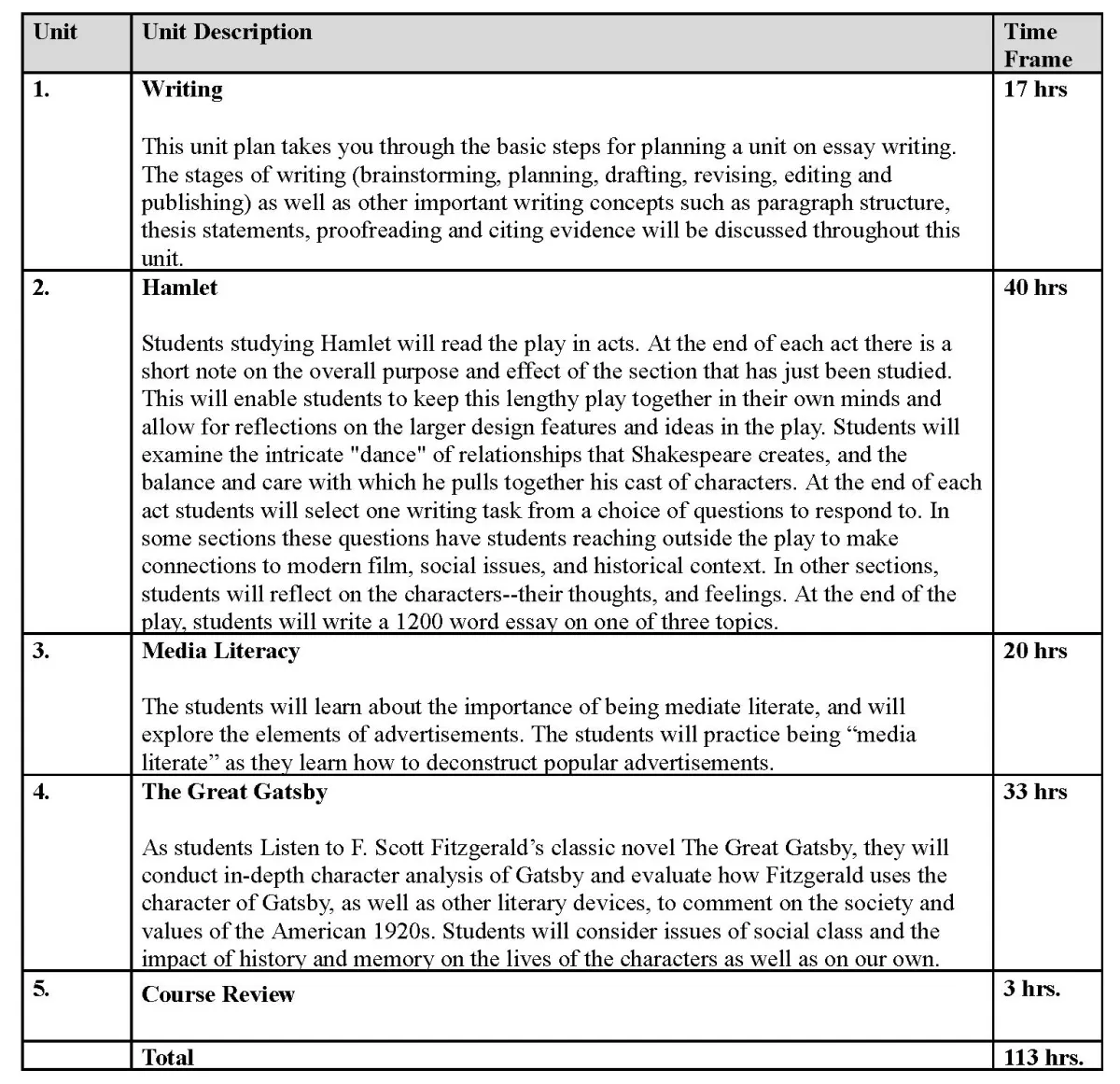
TEACHING AND LEARNING STRATEGIES
A variety of teaching and learning strategies are used to allow students many opportunities to attain the necessary skills for success in this course and in future studies. In all activities, consideration will be taken to ensure that individual students’ multiple intelligences and learning strengths are addressed through the use of varied and multiple activities in each lesson.

STRATEGIES FOR ASSESSMENT AND EVALUATION OF STUDENT PERFORMANCE
The primary purpose of assessment and evaluation is to improve student learning. Assessment and evaluation is based on the Ministry of Education’s Growing Success policy document, which articulates the Ministry’s vision for how assessment and evaluation is practiced in Ontario schools.
Growing Success describes the three assessment types as follows:
Assessment as Learning: focuses on the explicit fostering of students’ capacity over time to be their own best assessors, but teachers need to start by presenting and modelling external, structured opportunities for students to assess themselves.
Assessment for Learning: the process of seeking and interpreting evidence for use by learners and their teachers to decide where the learners are in their learning, where they need to go, and how best to get there.
Assessment of Learning: the assessment that becomes public and results in statements or symbols about how well students are learning.
ASSESSMENT AND EVALUATION

EVALUATION SCHEME
A final grade (percentage mark) is calculated at the end of the course and reflects the quality of the student’s achievement of the overall expectations of the course, in accordance with the provincial curriculum.
The final grade will be determined as follows:
Seventy per cent (70%) of the grade will be based on evaluation conducted throughout the course. This portion of the grade should reflect the student’s most consistent level of achievement throughout the course, although special consideration should be given to more recent evidence of achievement.
Thirty per cent (30%) of the grade will be based on a final evaluation administered at or towards the end of the course. This evaluation will be based on evidence from one or a combination of the following: an examination, a performance, an essay, and/or another method of evaluation suitable to the course content. The final evaluation allows the student an opportunity to demonstrate comprehensive achievement of the overall expectations for the course.

PLAGIARISM
Plagiarism is a serious offense. It is defined as taking words, phrasing, sentence structure, or any other element of the expression of another person’s ideas, and using them as if they were your own. Plagiarism is a violation of another person’s rights, whether the material taken is great or small.Students will be assisted in developing strategies and techniques to avoid plagiarism. They need to be aware that plagiarized term work will be penalized and could result in a mark of zero.
NEW!
SBI3U
SCH4U
ENG4U
ENG3U
SBI4U
MDM4U
MCR3U
BBB4M
BOH4M
MHF4U
We offer a hybrid model of education for all of our online courses, you can earn your OSSD with us!
How We Help Students
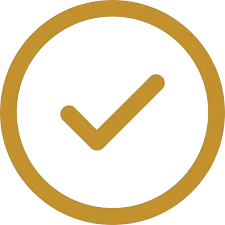
Complete Prerequisites
as you work toward your Ontario Secondary School Diploma

Earn
as you work toward your Ontario Secondary School Diploma

Retake
a course you had trouble with

Meet
a course you had trouble with

Take
a course not offered
In your home school

Trust
a course not offered
In your home school
King Heights Academy Alumni University Destinations


